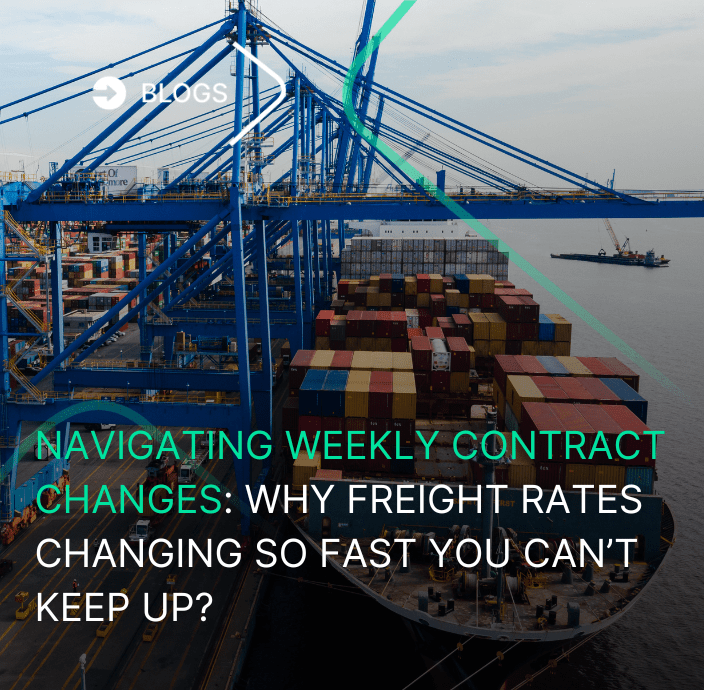Still going through the “prolonged shock” of the COVID-19 pandemic and its countless variants, today’s attention is on the vulnerability of all operators in the supply chain. According to EY and Fortune, 94% of Fortune 1000 companies have experienced supply chain disruptions as a result of the pandemic. Thus, many affirm that we’re facing a new Supply Chain. But how ready are freight forwarders for this?
Supply Chain 4.0 has been born as a new challenge in the face of the lack of resilience and flexibility of its previous version, prior to the pandemic. That’s why this new supply chain was necessary, capable of preventing rather than curing and providing specific plans more quickly and adaptable to almost any situation.
The work that experts have done to predict what is expected and needed for this new version is valuable, formulating as many strategies as possible. Clearly, one of the points in common is the use of technology as an ally in the face of unforeseen events, and as a tool for predictions.
So how can we join Supply Chain 4.0?
For years, cost optimization has become a maxim for organizations, where the only crucial thing was to eliminate even the slightest excess in the processes to achieve maximum efficiency. This maxim blinded several operators to other needs in the supply chain that had not yet been discovered – or suffered. Thus, years of repetitive and quite predictable business cycles passed, which today serve little or nothing.
Faced with this, freight forwarders can implement these 3 keys to prepare for the new version of the supply chain:
1.Predictive and prescriptive analytics
Integrated systems based on data analytics can be implemented to monitor and predict various events: from worker safety to evaluating alternative flows. Additionally, with comprehensive analytics, events impacting the supply chain can be predicted, while overall system maintenance needs are proactively monitored. At the same time, predictive systems can assess the impact on the supply chain and take advantage of digital solutions to plan, test and propose measures that guarantee the continuity of all processes in the face of a fortuitous event.
2. Resilience = flexibility + innovation
To achieve truly resilient processes and systems, the impact of current processes must first be analyzed deeply, together with their areas of risk and weakest areas. In this way, it’ll be possible to work on them as a priority and unite the most crucial points of resilience: flexibility and innovation. Here, it’s essential to strategically unite these two characteristics, where processes are put to the test in various scenarios, and where creativity meets practice. Communication channels can be evaluated -both with customers and with staff and other operators-, alternative process routes, collaboration with external entities and even the offer of services in crisis.
3. Strengthen or develop digital capabilities
Many supply chain operators have been impacted by its disruptions through the pandemic as they have not bridged the gaps between digital transformation and the traditional world we left behind. As we have pointed out in our previous posts, today digitization is already a matter of survival and we depend on it to remain active and competitive. Therefore, it will be of utmost importance to invest our resources in those solutions that allow us to keep up with our competitors, and with the supply chain too. Opportunely, there are different alternatives for this that not only allow us to digitize our processes, but also let us become experts since they provide us with innovative, analytical and predictive knowledge.
This new Supply Chain 4.0 is well known among strategists and innovators in the logistics industry. Unpredictably, the COVID-19 emergencies have highlighted the need to accelerate its implementation and it’s vital that freight forwarders keep up with it. This is because, as we mentioned before, it’s a change that has an end-to-end impact: from us as individuals active in the market, to the very organization we are in. At Cargofive, we actively seek solutions that allow freight forwarders to make their processes more resilient in the face of changes and transformations like these. So are you ready for this new supply chain?
AUTHOR



